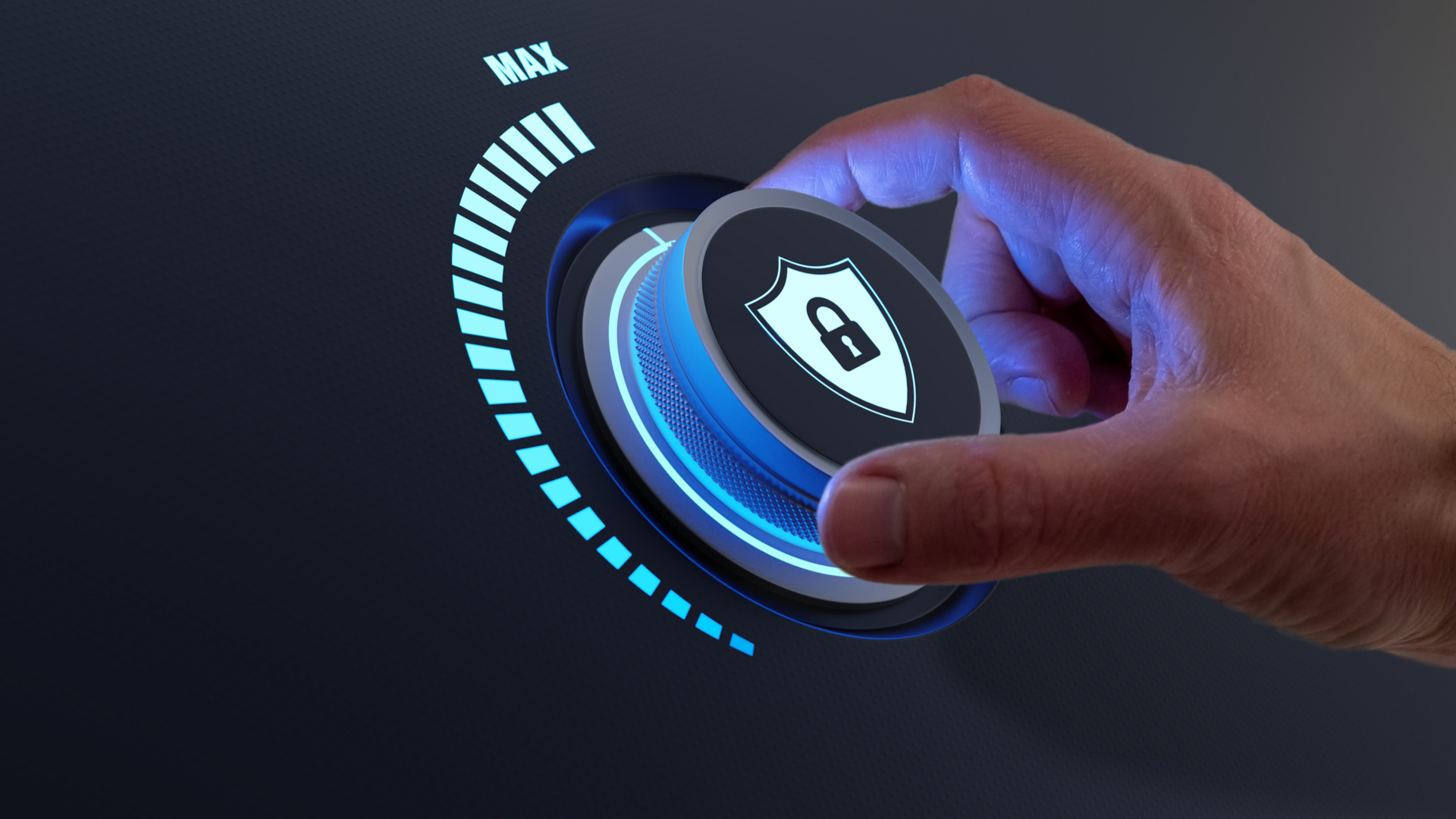Optimizing cybersecurity within an evolving threat environment
How to optimize cybersecurity

In recent years there has been a major transformation within the cybersecurity landscape. Organizations are facing a greater frequency of sophisticated threats that require cyber teams to adopt wide-reaching solutions to meet their evolving security needs.
Now, the current economic client has emphasised the need for businesses to analyse their defences and figure out how best to optimise their security without causing further inefficiencies. This is a concern for security leaders that are expected to prove to their board exactly how they have been protecting the business while simultaneously avoiding overspend on often several unnecessary measures.
Security spend on the rise
Between 2021 and 2022, the number of global cyberattacks soared by 38 percent. This amount is expected to continue growing and, for this reason, we are unsurprisingly seeing a significant rise in spend on cybersecurity solutions, with organizations desperate to identify new ways to mitigate an evolving attack landscape.
A Gartner study predicted that within 2023 there would be a rise of 11.3% in spend on security and risk management. Additional research revealed that enhancing business cybersecurity is the primary motivation for two in five organizations to invest in IT, with as many as two thirds planning to increase their cybersecurity spend this year.
However, change is on the horizon. The global financial situation has meant certain limitations for security leaders, who are under immense pressure to optimize their defenses.
Jonathan Wright is Director of Products and Operations at Global Cloud Xchange.
The security landgrab
In response to these various threats within the cybersecurity landscape, there has been a landgrab of security solutions. Each operates separately and touches different areas of the IT environment, with solutions targeting:
- Endpoint security - aimed at protecting users’ devices against the threat of ransomware and phishing
- Network security – aimed at protecting against viruses and data exfiltration attempts
- Application security – aimed at protecting web applications which, like anything directly connected to the internet, represent a target for bad actors
However, many security leaders won’t have a clear strategy for how their business should integrate them into the organization's existing security arsenal. This lack of a holistic and comprehensive view means organizations are vulnerable to inefficiencies, redundancies, and gaps in coverage. And that leaves them susceptible to further cyber threats.
Sign up to the TechRadar Pro newsletter to get all the top news, opinion, features and guidance your business needs to succeed!
A better approach to resource management
Every company will be hoping to avoid being in this vulnerable position. That’s why it is necessary for security leaders to take the essential steps which allow them to negate the effects of a siloed cybersecurity approach.
To do this, they’ll need to analyze their defenses. Businesses with multiple, diverse security solutions often lack a consistent, joined-up approach. This not only risks creating gaps in coverage that leaves these organizations more vulnerable than before., but also that new solutions might be duplicating the capabilities of existing software which isn’t being fully utilized. To avoid this, companies need to identify the areas where solutions which perform similar or duplicate functions could be leading to overspend.
The next step is to identify the potential areas for resource optimization. The spend needed to manage each aspect of an organization's security procedure can be high. This means best-in-class solutions are not necessarily the best-in-class approach overall. Rather then, businesses should consider whether existing solutions which may not be the best for every specific problem could still offer suitable protection, while improving the ease of management and control. This approach will enhance overall control of the security posture, decrease the necessity for expenditure on separate licenses, and lower the needs for specialist talent to manage the disparate solutions.
The security optimization solution
The definitive answer comes from a shift to security optimization. Once an organization has addressed the areas outlined above, optimization is the crucial step which will enable it to identify precisely where they have been duplicating solutions which offer similar services. It can then work out how to provide more extensive coverage by applying each solution differently to evade unnecessary future purchases.
Of course, this might be easier said than done for companies without a CISO that have the strategic understanding of how to build an optimised security portfolio. For these companies, the solution can come from finding partners that can either provide an interim CISO or serve in a consultancy role.
Whichever approach an organisation decides to take, increasing economic and security concerns indicate businesses must distance themselves from the common reactive landgrab approach to cybersecurity procurement. Rather, they will need to adopt a more connected and strategic view which takes into consideration both the integration of new solutions with existing ones, and the overall impact this has on their security posture.
This approach will allow businesses to optimize their cybersecurity posture, streamline their operations, and guarantee their team have the resources and tools they need to safeguard their organization effectively against the evolving cyber threat landscape.
Director of Products and Operations at Global Cloud Exchange (GCX).